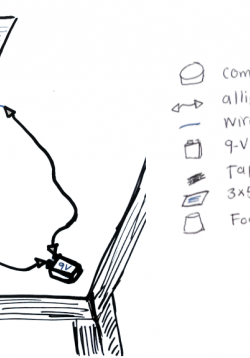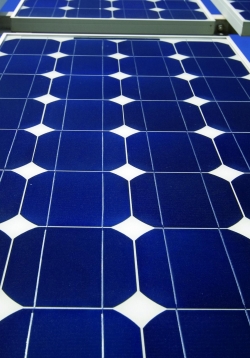Wave Attenuator Unit Overview
Through a series of learning experiences, students will experiment with the basic concepts of motion to electrical energy transformation. Students start by building a series of models that demonstrate the interactions between magnetic and electric fields....
Energy Review: Practical and Technical Perspectives—What is Energy?
Students will take a short field trip around the school to identify different types of energy.
How a Solar Cell Works: Photon Simulation
The purpose of this activity is to simulate the movement of electrons at the p-n junction to create an electrical current. Students will play a modified game of musical chairs, where teams will compete against each other while creating their own...



